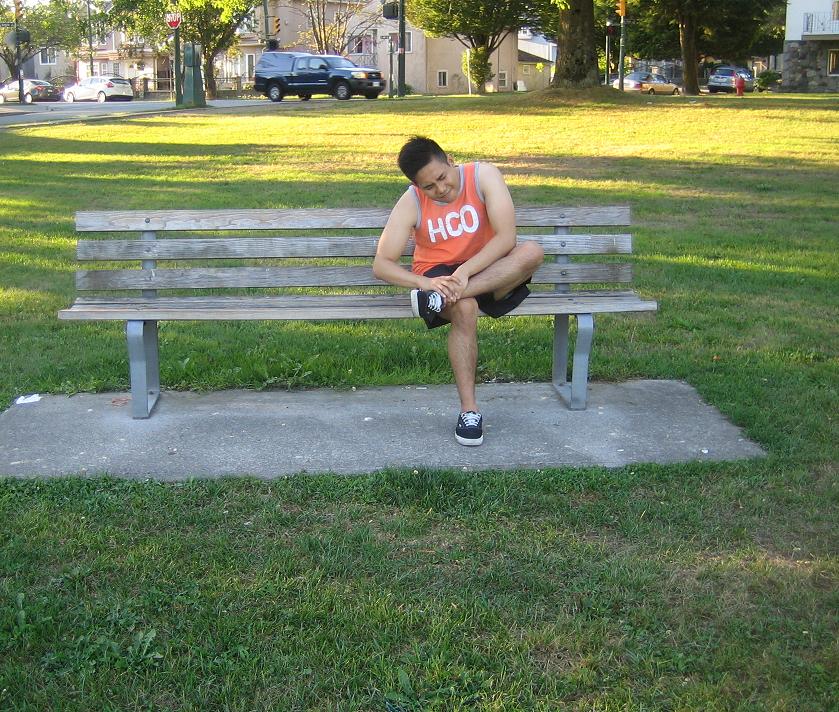Calcaneus or heel bone fractures usually occur at the rear part of the foot. A small percentage of fractures are categorized as heel bone fractures. Nevertheless, this type of fracture can result to lasting issues particularly if the damage is not properly diagnosed and managed.
Heel bone fractures typically result from a significant force such as landing on the feet after falling from a height. In most cases, the damage can extend up to the joint which fractures the cartilage that allows the joint to move smoothly. Oftentimes, the knee and/or spine are also damaged in such as fall. Other possible causes include vehicular accidents and sports-related injuries.
What are the indications?

In most instances, the affected heel is tender. Both the foot and the ankle are evidently swollen and even appears bruised. The individual could not place weight on the foot.
Compartment syndrome might even develop especially when the swelling places pressure on the neighboring blood vessels which reduce or obstruct the flow of blood. As an outcome, the that tissues are deprived of blood are damaged or eventually die. In such instances, immediate treatment is vital.
How are heel bone fractures diagnosed
If the doctor suspects a heel bone fracture, an X-ray is taken which reveals the presence of a fracture. Oftentimes, CT scan is also needed. A CT scan combines an X-ray with computer technology to create a detailed, 3D image of the affected area.
Since these fractures occur from significant force, the doctor will also check for other injuries such as fractures of the spine or knee.
Management
In some cases, an orthopedist is consulted so that the ideal treatment is decided on. If the fracture does not affect the joint, the treatment involves protection using a splint, rest, application of ice, compression and elevation (PRICE).
Once the fracture involves the joint, it is still debated if surgery is ideal. In case surgery is required, open reduction with internal fixation (ORIF) is carried out.
The individual is instructed not to place any weight on the affected heel until it heals. The length of time to wait usually depends on the injury and might be as long as several months. Oftentimes, the doctor will encourage the individual to move the foot and ankle as well as place weight on the ankle as soon as possible as long as it is not painful.
Take note that physical therapy is also needed. It involves specific exercises to improve the range of motion of the affected foot and ankle as well as strengthen the supporting muscles.
If the individual starts to walk, a cane or specially designed shoe or boot is used to protect the foot from future injury. If the individual does not carefully follow the instructions given by the doctor when to start walking and how to walk, the bone might not heal well.

